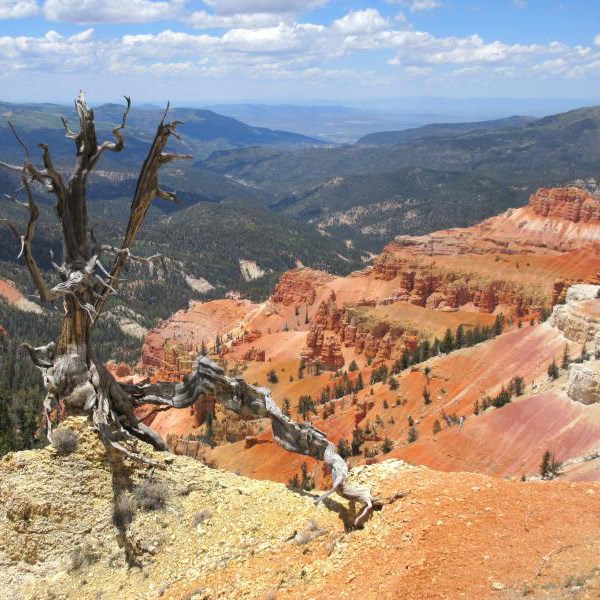Part of a series of articles titled Inside Earth – NPS Cave & Karst News – Summer 2017.
Article
A Word from WASO

Submitted by Dale Pate, National Cave and Karst Program Coordinator
for Inside Earth Newsletter, Summer 2017
Since the last issue of Inside Earth (Summer, 2016), the National Cave and Karst Program for the National Park Service continues forward. First, thanks to Bonny Armstrong at Timpanogos Cave National Monument (TICA) for continuing to edit and assemble our newsletter. Bonny has done a great job with the newsletter and we appreciate and thank Jim Ireland (TICA Superintendent) and Cami McKinney (Integrated Resources Program Manager) at TICA for their support of our national program and for allowing Bonny to work on this during work time.
As I look back to the very first issue that we developed in the Spring of 1998, I find the goals outlined there are still very much the same. “. . . to produce this newsletter … as a forum for information and idea exchanges between National Park Service units that contain caves. On a national level, this will also serve as an excellent historical overview of cave management in the NPS.” Additionally, this also helps keep partners and other interested folks aware of cave and karst management activities within the NPS.
Melisa Bishop – Geoscientist in the Park
Many thanks to Melisa Bishop, a guest scientist for a 1-year period with the Cave and Karst Program here in the GRD office. Among other activities, she developed initial draft reports on significant karst landscapes found within several parks including Cedar Breaks National Monument. In most, if not all cases, significant karst landscapes found within NPS park units extend well beyond park boundaries. Through literature searches and contact with researchers and park resources staff, these reports summarize all known information on these shared karst landscapes including contributing and recharge areas, groundwater flow-paths, and known or potential contamination risks to these complex groundwater systems. They will also identify and recommend further studies needed to protect the long-term integrity of our portions of these karst landscapes.
Technical Assistance
In September, 2016, I traveled to Allegheny Portage Railroad National Historic Site in Pennsylvania in response to a Technical Assistance Request to inspect a number of sinkholes in the park and to make recommendations concerning the potential for structural damage to the historic structures including the Lemon House. Completed in 1834, the portage railroad lifted canal boats onto narrow-gauge railroad cars and hauled them to the top of the Allegheny Ridge and lowered them back down to canals on the western side; thus, completing the first direct connection between Philadelphia and Pittsburg. The area has been a coal mining region for more than 100 years and has known, significant karst features in the area. The United States Karst Map, recently published by the U.S. Geological Survey, indicated that the Mississippian-aged Mauch Chunk Formation was a potential karst layer that cut across the park. It was unknown whether the sinkholes were associated with this rock layer.
I met with Kathy Penrod (Natural Resource Manager) and Charles A. Cravotta III (Hydrologist/Geochemist with the U.S. Geological Survey) to review the geology and the sinkholes, and to determine a potential cause of the sinkholes. Field work showed that the outcrops of the Mauch Chunk Formation found in the park is a quartz sandstone layer with no karst potential. The sinkholes were not a result of karst processes. Previous and ongoing work by Charles Cravotta in the area was invaluable. He obtained coal mining maps from the State of Pennsylvania that show mining has occurred beneath the park and is more than likely the cause of the sinkhole development in the area. Further study is needed to verify and develop mitigation measures to prevent structural damage to this interesting historic park.
Junior Cave Scientist Program
With all copies of the 1st printing of our Junior Cave Scientist booklet distributed, we printed a second edition with some minor fixes and the addition of partner logos on the cover. At this time, we have distributed an additional 20,500 copies to bring the total to over 40,000 copies distributed in a little more than two years. These booklets have been distributed to parks, schools, other organizations and agencies (particularly the U.S. Forest Service), homeschoolers, and individuals in 47 states, Washington DC, Guam, Canada, Australia, and Germany. Visit the following link to download an electronic version of the booklet or to request printed copies: go.nps.gov/jrcavesci
Tags
Last updated: September 19, 2017
